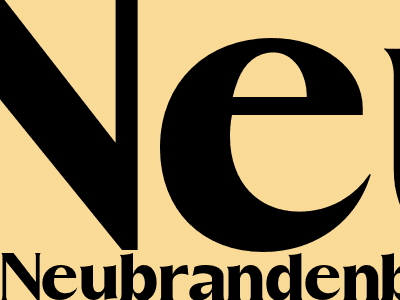
Neubrandenburg Regenbogenflagge
Neubrandenburg Regenbogenflagge: A Symbol of Pride and Inclusivity
A Brief History of the Rainbow Flag
The rainbow flag has become a powerful symbol of the LGBTQ+ community around the world. It was created by Gilbert Baker in 1978 as a symbol of gay pride and liberation. The flag's original design featured eight stripes, each with a different meaning: hot pink for sex, red for life, orange for healing, yellow for sunlight, green for nature, turquoise for magic and art, indigo for harmony, and violet for spirit.
The Meaning of the Rainbow Flag in Neubrandenburg
The rainbow flag was first flown in Neubrandenburg, Germany, in 1994. It was raised above the city hall as a symbol of the city's commitment to diversity and inclusion. The flag has since become a fixture in the city, and it can often be seen flying from public buildings and businesses.
The Importance of the Rainbow Flag
The rainbow flag is an important symbol of pride and inclusivity for the LGBTQ+ community. It represents the community's resilience, strength, and diversity. The flag also serves as a reminder of the progress that has been made towards LGBTQ+ equality, and it inspires people to continue fighting for justice and acceptance.
How to Show Your Support for the LGBTQ+ Community
There are many ways to show your support for the LGBTQ+ community. One way is to fly the rainbow flag. You can also attend LGBTQ+ events, donate to LGBTQ+ organizations, or simply speak out against homophobia and transphobia.
Conclusion
The Neubrandenburg Regenbogenflagge is a powerful symbol of pride and inclusivity. It represents the city's commitment to diversity and equality, and it inspires people to continue fighting for justice and acceptance for all.


Comments